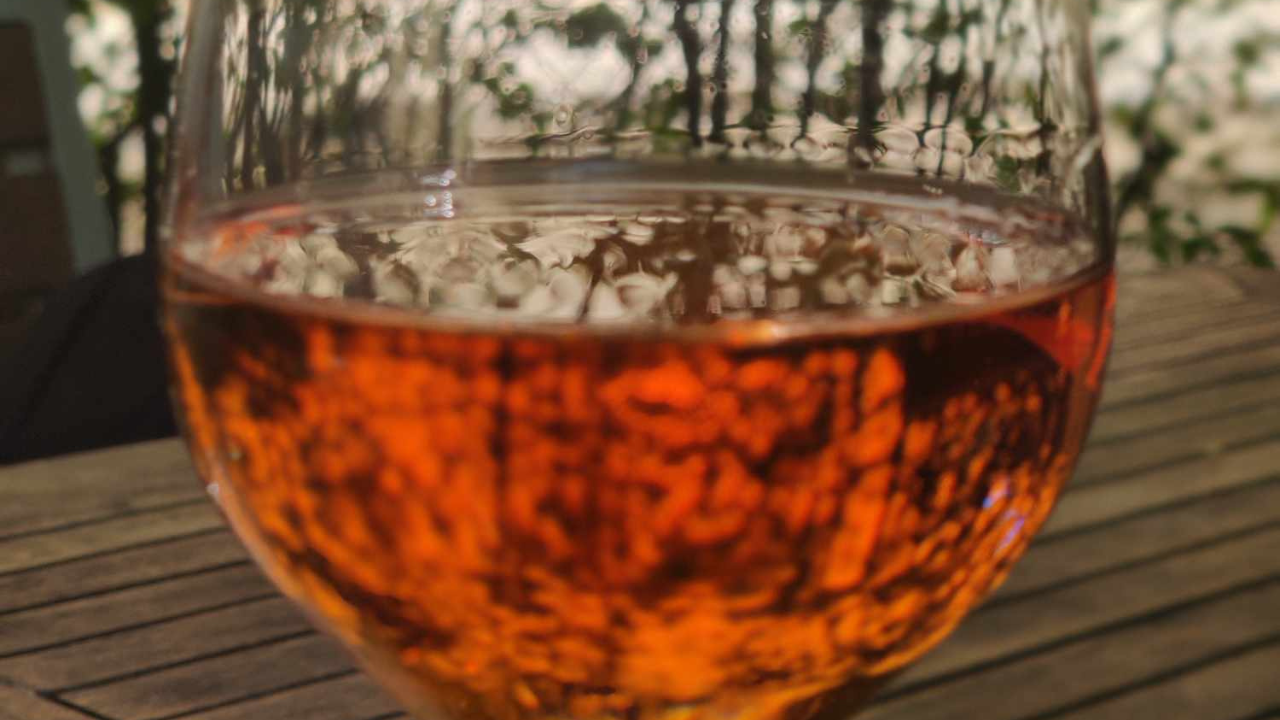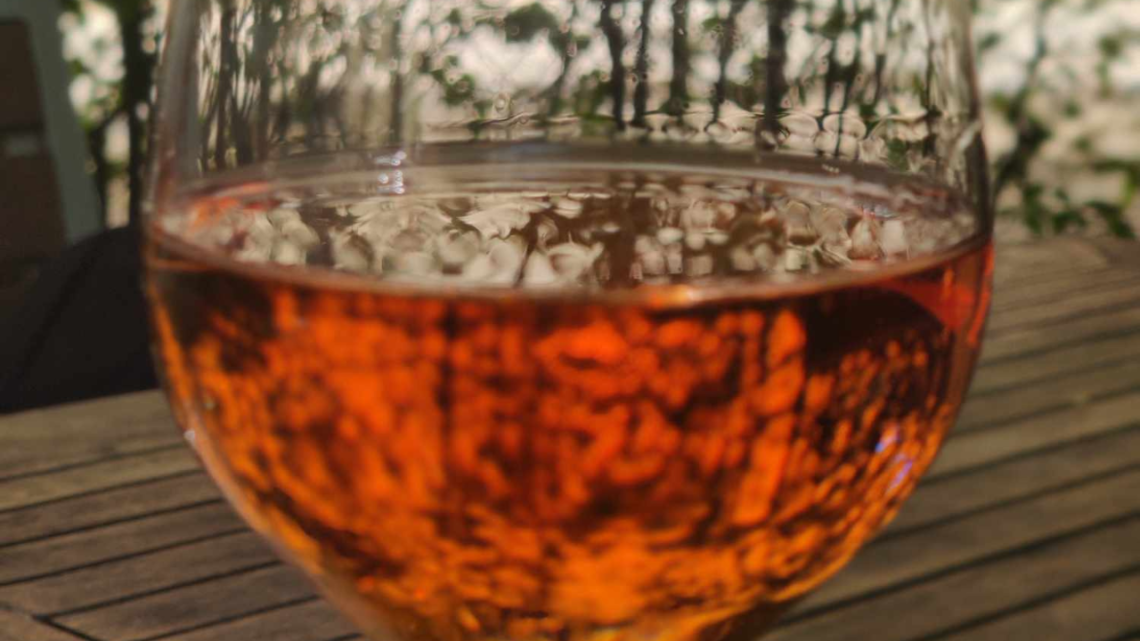
Tasting Notes Checklist For Austrian Wines
Austria…with its rolling hills, diverse climates, and rich soils produces complex and vibrant wines.
Winemaking dates back to Celtic times and traditions have been passed down from one generation to the next. Indeed, wine production in Austria is often led by family-owned wineries.
But, the true magic of Austrian wines lies in their indigenous grape varieties. Take, for instance, Grüner Veltliner, the country’s star white grape, delivering fresh, peppery, and sometimes richly textured wines. Conversely, red grapes like Zweigelt offer juicy and cherry-flavored profiles.
Not to be overlooked are Austria’s other popular types, from the crisp and aromatic Riesling to the bold and spicy Blaufränkisch. Each type has its own characteristics, flavours that only Austrian terroir can exhibit. Recognizing and appreciating these flavors is an art that begins with an understanding of the land and the vintner’s craft.
But fear not, let me decode this art for you and give you some of my tips!
You might not end up as a master (I mean, come, there’s world champions out there) but you’ll definitely know what you’re talking about and what to look for with some easy and simple tricks.
Austrian wines are a true delight, offering unique flavors thanks to the country’s diverse climates and rich soils, with stars like Grüner Veltliner and Blaufränkisch. Learning to read Austrian wine labels, especially terms like ‘Qualitätswein’ and ‘DAC,’ helps you pick out the best bottles. The post is packed with friendly tips for wine tasting, encouraging you to engage all your senses by looking at the color, taking in the aromas, and savoring the flavors. It also gives practical advice on getting the temperature just right and choosing the best glasses. There are great food pairing suggestions too, like enjoying Grüner Veltliner with seafood or Blaufränkisch with smoked meats, to make your meals even more special. By appreciating the unique characteristics that Austrian wines bring from their homeland, and using a few easy tricks to decode labels and taste like a pro, you can fully enjoy these wonderful wines, even if you’re just starting out.
Decoding the Labels: Understanding Austrian Wine Classifications
Let’s start with the easy part : learning how to read!
If you’re not taking part in a blind tasting, you’ll have direct access to the bottle…which contains all the information you need to know! So start reading, it’s all in front of you. And the great thing is, you don’t need to be fluent in German to actually decode an Austrian label. All you need to do is look for specific keywords and you’re good to go!
You’re going to find out about the meticulous details behind Austrian wine labels. Austrian labels can be baffling at first glance, but I’m here to simplify the process for you.
In Austria, ‘Qualitatswein’ stands for quality wine—these are wines that meet rigorous standards, coming from a recognized wine-growing region. While ‘Pradikatswein’ indicates a superior quality wine with levels including Spatlese and Auslese, every tier on this ladder signifies a higher level of grape ripeness and concentration of flavors.

Now what is a big publisher? In the context of Austrian wine terminology, it’s the Districtus Austriae Controllatus (DAC), which sets the portrait for regional wines. Think of the DAC as a seal of approval that ensures the wine you’re holding is a true representation of its region’s characteristics.

The year on the label isn’t just a number. The vintage can tell you a whole lot about the wine. A fantastic summer or a challenging harvest—it’s all there in the nuances of flavor. Remember, some years are simply stellar for certain regions and grapes, significantly impacting the wine’s personality.
Sign up to the newsletter to get your cheat list on Austrian wines ! You’ll find quick and easy information describing the style of every DAC and the list of exceptional and good vintages per region.
By the time you’re done here, you’ll be able to interpret an Austrian wine label with the same ease as reading your favorite book.
This knowledge is a powerful tool, setting you up perfectly for the steps to come.
The Austrian Wine Tasting Checklist: Tips and Techniques
I’m going to lay it out for you: mastering the art of wine tasting isn’t just about sipping and nodding (although it can be a pretty good bluff), it’s about engaging all your senses to fully appreciate what’s in your glass. And when it comes to Austrian wines, there are distinctive characteristics that you should be on the lookout for.
Prepare yourself before tasting
Let’s start with preparation. Ensure your wine is at the right temperature; whites should be chilled, not cold, while reds are best slightly below room temperature (leave it in your wine cellar or put it in a fridge for a few minutes).
Use a proper wine glass to capture the wine’s bouquet, and make sure it’s spotless to avoid interference with the wine’s pure flavors.
The best wine glasses I would recommend are Chef&Sommelier or Riedel. If you want the best of the best, invest in Zalto glasses. They really take tasting wines to a whole different level.
Let’s take a look at the colour of the wine
Now, what should you focus on? First, take a good look at the wine. The clarity and color can give you hints about the wine’s age and grape variety.
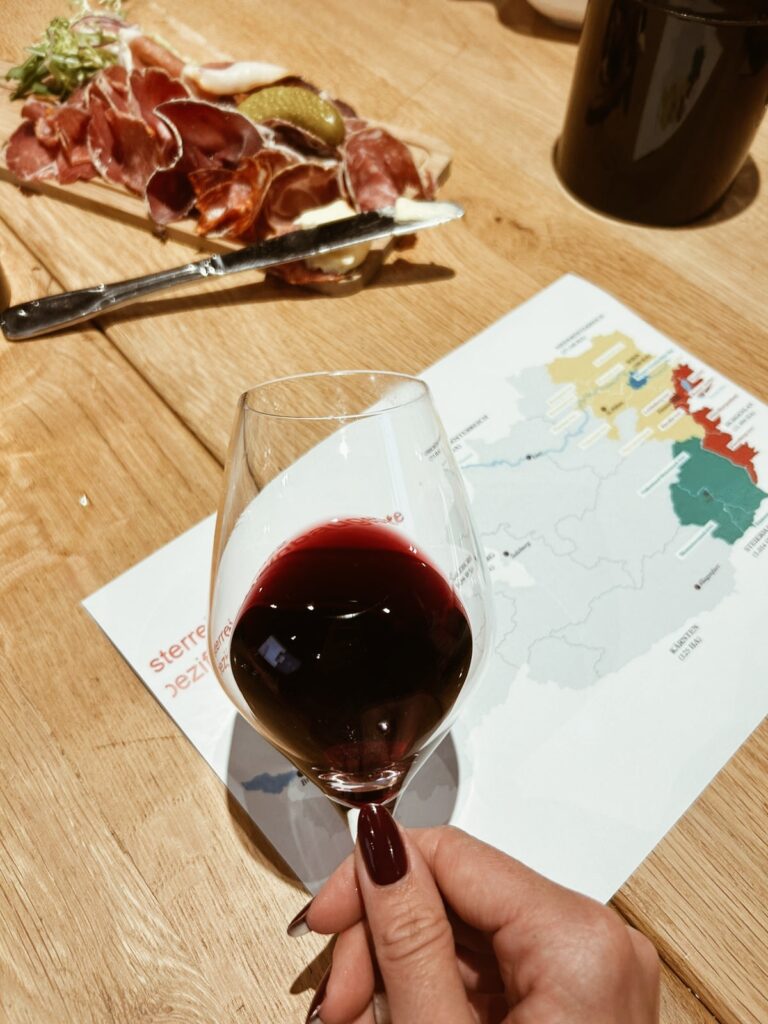
Clear wines usually indicate proper filtration and winemaking practices. Cloudiness might suggest a flaw or that the wine is unfiltered.
The intensity can give clues about the grape variety and the wine’s concentration. For example, deeper colors in red wines often suggest thicker-skinned grapes or greater extraction during winemaking.
Now, note the actual color of the wine. For whites, look for shades like pale yellow, golden or amber. For reds, observe colors ranging from purple, ruby garnet to brown.
What does it indicate?
Younger whites tend to be pale yellow or straw-colored, while older whites might develop deeper golden or amber hues.
Young red wines are often purple or ruby, while older reds may show garnet or brownish tones.
Now, let’s take a look at the edge (rim). Tilt the glass and look at the edge where the wine meets the glass.
What does it indicate? The color at the rim can hint at the wine’s age. Young reds often have bright, vibrant edges, while older reds show a more brick or brownish hue at the rim.
What about the tears or legs? While they’re no indicator on the quality of the wine, they do give some information on the viscosity of the wine.
What to look for? Swirl the wine and observe the streaks (tears or legs) that form on the glass.
Heavier, slower moving legs can suggest higher alcohol content or sugar levels. While this isn’t directly about color, it is an important visual aspect.
Now, on to the smelling
Without swirling the wine, take a first sniff. Hold the glass to your nose and take a light sniff to get a general impression.
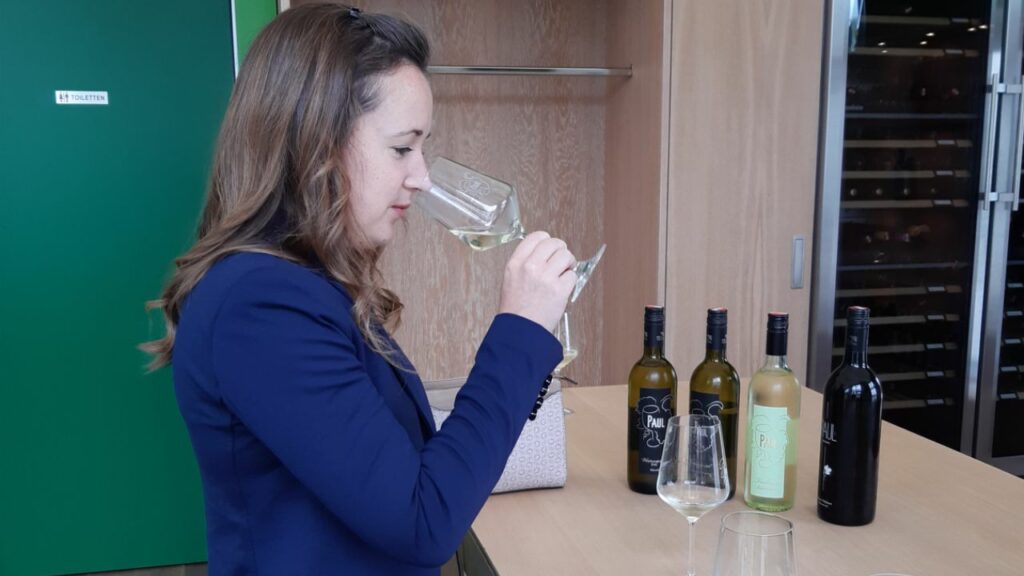
Next, give it a swirl and take a whiff. Austrian wines, particularly whites, often exhibit fresh, crisp aromatic profiles with notes of green apple, stone fruits, and sometimes a spicy or peppery edge :
Let’s take a look (or should I sell smell) at a few grape varieties
Grüner Veltliner wine will present aromas of green apple, pear, white pepper, lime and grapefruit (which are usually called primary aromas because they are specific to the grape variety, the fruit).
They also often present mineral notes (like wet stone), herbs, and sometimes a hint of celery or radish (these are called secondary aromas, because they are specific to the winemaking. In this case, the winemaker lets to soil speak, these are “earthy” aromas).
If the wine is aged, it will present honey, toast and almond aromas (these are called tertiary aromas, they develop with age. If your pair this information with the color, it can give you indications on how old is the wine…)
Now, the other flagship white variety: Riesling. The primary aromas (now that you know what they are) will mostly be citrus -lime, lemon-, peach, apricot and green apple. The secondary aromas will be floral notes -jasmine, honeysuckle- and mineral -petrol, slate-. The tertiary aromas for Riesling are honey, beeswax and petrol.
Now, let’s take a look at the reds before moving on to the funniest part of all, the tasting.
Zweigelt will have cherry, raspberry and black currant primary aromas. The secondary aromas will usually be pepper, spice and sometimes earthy or smoky notes. For its tertiary aromas, you’ll have dried fruit, tobacco and leather.
Now, the best for last, my favourite grape variety : Blaufränkisch. Its primary aromas are blackberry, black cherry and plum. Its secondary aromas are pepper, spice, licorice and sometimes a leathery or earthy notes. Last, its tertiary aromas are tobacco, chocolate or dried herbs.
So to sum up :
First, look for a range of fruit aromas depending on the wine – citrus, orchard, fruits and stone fruits in whites ; red and black berries in red
Next, many Austrian wines, especially Grüner Veltliner and Blaufränkisch, have distinct spicy notes.
Particularly in Riesling, floral notes can be quite prominent
Last, a hallmark of many Austrian wines, giving them a distinctive character often described as “mineral” or “stony”
Now, on to the best part : the tasting
When you taste, let the wine cover your palate. Austrian whites are known for their vibrant acidity and minerality, while reds usually present a more medium-bodied experience with smooth tannins. Pay attention to how the flavors develop.
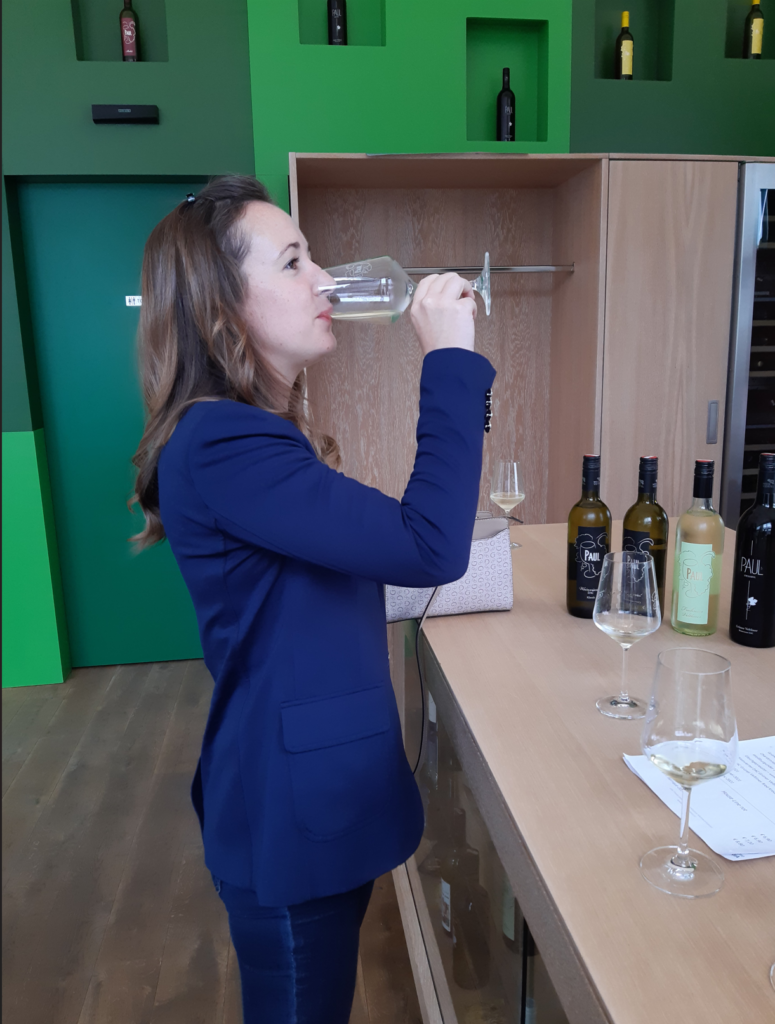
Here is how I do it :
- Start with a small sip to coat your mouth and get an initial impression
- Move the wine around in your mouth to engage all your taste buds
- Focus on specific aspects like sweetness, acidity, tannins, body and flavor profile
- Depending on the context (e.g a tasting event), you may choose to spit to avoid intoxication
- Notice the aftertaste or “finish” and how long it lasts
The beauty of Austrian wines lies in their ability to express terroir. That minerality I mentioned? It’s not just a fancy term; it’s a reflection of Austria’s rich soils, which range from loess and limestone to schist and granite. This terroir-driven taste is what makes tasting Austrian wines so engaging.
Here are the key aspects to focus on:
First, determine if the wine is dry, off-dry or sweet. Many Austrian wines, like Grüner Veltliner, are typically dry but some Rieslings can range from dry to sweet.
Then, notice the mouth-watering sensation that indicates acidity. High acidity gives a wine crispness and freshness. Austrian whites, particularly Grüner Veltliner and Riesling, are known for their vibrant acidity.
Tannins create a drying sensation on your palate. They are more prevalent in red wines. Look for tannins in reds like Zweigelt and Blaufränkisch. Blaufränkisch, in particular, can have firm tannins.
Assess the weight or richness of the wine in yourmouth. Wines can be light, medium or full-bodied. Grüner Veltliner can range from light to medium-bodied, while a full-bodied example might come from a well-aged Blaufränkisch.
Identifiy specific flavors and their intensity. These can include fruit, spice, mineral, floral, herbaceous, and oak notes.
For instance, for Grüner Veltliner, look for green apple, white pepper, and herbal notes. For Riesling, expect citrus, peach, apricot and sometimes petrol notes. For Zweigelt, look for cherry, raspberry and pepper. For Blaufränkisch, expect blackberry, black cherry and earthy notes.
Notice the length and quality of the aftertaste. A longer finish is often a sign of quality. Many Austrian wines, especially high-quality Grüner Veltliner and Riesling have a long, complex finish.
Let’s take a few examples :
- Grüner Veltliner wines are usually dry, medium-bodied with high acidity. They present flavors of green apple, pear, white pepper and a slight mineral finish
- Riesling wines can range from dry to sweet, with high acidity. They present flavors of citrus, peach, apricot and sometimes a hint of petrol, with a long, clean finish
- Zweigelt wines are medium-bodied with moderate tannins. They have flavors of cherry, raspberry and black pepper with a smooth, fruity finish
- Blaufränkisch are medium to full-bodied with firm tannins. They present flavors of blackberry, black cherry, pepper and earthy notes with a long, structured finish
Another tip : spit! If you’re at a winery and tasting several wines, spit each wine (you’ll have time to drink them afterwards). Because otherwise, alcohol will impair your judgement. (and you’ll pass off as a seasoned connoisseur and perhaps get the chance to drink more wines)
Pairing Austrian Wines: Enhancing Flavors and Experiences
While I wouldn’t recommend eating during a tasting, I still wanted to share some pairings with you.
If you’re looking for more, check out the dedicated articles in the pairing category on the blog.
In the meantime, I’m going to take you through some classic combinations for you to enjoy the interplay between food and wine.
Let’s start with the whites. A bottle of crisp Grüner Veltliner is versatile, to say the least. Choose something that resonates with you, like a light seafood dish or a tangy goat cheese salad. You’re going to find out about the wine’s peppery notes complementing these dishes beautifully.
Now, what’s Riesling’s best companion? Think spicier. I mean, I love a deliciously aromatic Thai curry or a zesty ceviche can really make the fruity and acidic nature of Austrian Riesling shine. That’s the kind of pairing that gets people talking.
Moving onto the reds, Blaufränkisch is one you can’t overlook. This wine, often brimming with bold berry flavors and a hint of spice, pairs fantastically with smoked meats or a rich beef goulash.
St. Laurent is another red that’s truly seductive. Its often dark, cherry flavors mean it goes hand in hand with gamey meats or a luscious mushroom risotto. Here’s where those earthy undertones meet their match on the plate.
For those planning to host an Austrian wine-tasting event: include a variety of local cheeses, cured meats, and traditional pastries is a great strategy. It’s not just about tasting the wine; it’s about experiencing the Austrian way ! Make your hosts feel the Heuriger atmposhere.
Conclusion : Tasting Notes Checklist For Austrian Wines
What can you get from the wine’s color?
- Age : young red wines have more vibrant colors (purple or ruby), while aged reds show more brick or brown hues. White wines deepend in color from pale yellow to gold as they age
- Grape variety : different grape varieties have characteristics colors. For example, Pinot Noir is typically lighter in color compared to Cabernet Sauvignon
- Wine Style : the color intensity and clairity can hint at the winemaking style and the possible flavor profile. For instance, a deep, dark red might suggest a full-bodied, rich wine, while a pale white might indicate a light and crisp wine.
- Potential quality : while not always a definitive indicator, a wine with good clarity and appealing color often reflects careful winemaking.
My tips for the smelling part :
- Focus on dominant aromas : start by identifying the most obvious scents before trying to detect more subtle nuances (ask yourself : do I smell X? It’s easier to find smells)
- Use descriptive words : don’t be afraid to use whatever words come to mind. Wine aromas can remind you of a wide range of things, from fruits and flowers to spices and minerals
- Compare and contrast : smell different wines side by side to notice the differences and similarities. This can help sharpen your ability to identify specific aromas
- Keep Notes : write down you observations to help you remember and learn from each tasting experience
- Pratice regularly : the more wines you smell, the better you’ll get at identifying and describing aromas (lien vers nez du Vin)
My tips for the tasting part :
- Take your time : don’t rush the tasting process. Allow yourself to fully experience each aspect of the wine
- Stay hydrated : drink water between tastings to cleanse your palate
- Use a tasting chart : having a reference chart can help you identify and articulate different flavors and sensations
- Pair with food : try pairing Austrian wines with food to see how they complement and enhace flavors. Grüner Veltliner, for example, pairs well with many foods due to its acidity and versatility
- Keep a journal : write down your tasting notes to track your preferences and discovereies




